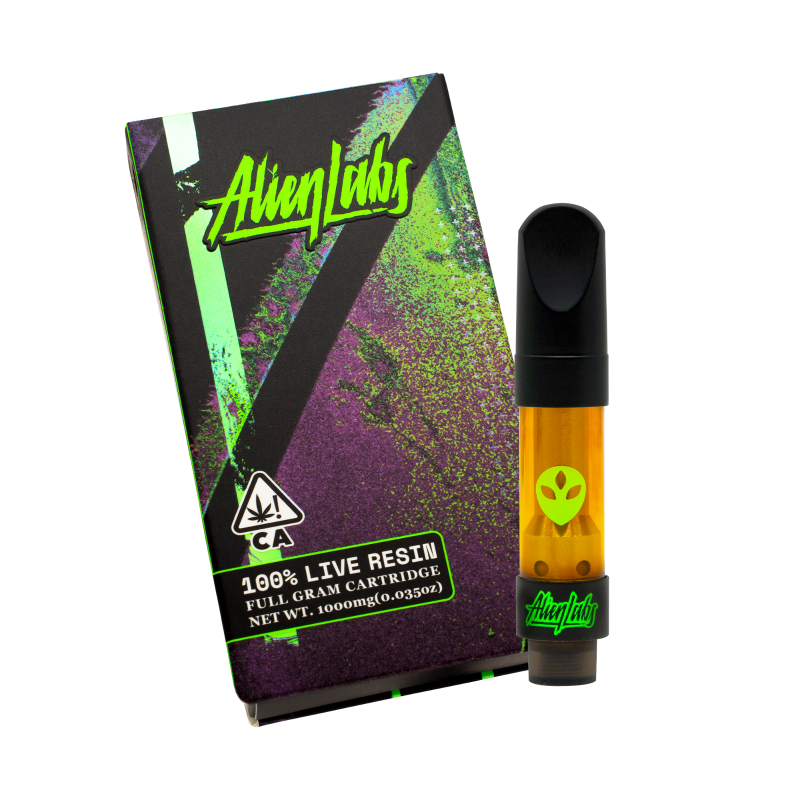Keeping your landscape plantings, flower beds, and nursery crops free of weeds is a battle, but if you approach it with a strategic plan, you will prevail. In order to develop a plan, you first must understand how weeds work, and what kind of alien labs disposable you are dealing with.
Basically weeds grow either from seed, or they reproduce from their roots. As the roots grow outward from the parent plant, new plants sprout up from the lateral roots, creating more parent plants and the process continues and the weeds thrive. Weeds that tend to reproduce from the root are usually more difficult to control.
Weed control facts? Weeds are plants, and they function just like the desirable plants in your yard. They need water, sunlight, and nutrition to survive. Of these three key survival needs, the easiest one for a gardener to eliminate is sunlight. Through proper mulching you can eliminate the sunlight.
But first, let’s look at the steps you should go through before you mulch, then we’ll discuss the best mulching techniques to use. In order for your weed control efforts to be truly effective, you should do everything in your power to make your gardens as weed free as possible before you plant or mulch. There are a couple of ways you can go about this, either organically or with chemicals. I don’t like using chemicals, but I do use them for weed control, and I use them for pest control when necessary.
I’ll discuss organic control first. The first thing you should do is remove all unwanted vegetation from your planting area. Using a hoe, spade or other digging device, undercut the roots and remove the undesirable plants, roots and all. Then you should work the soil by rototilling or turning the soil by hand.
Once worked, let the soil sit for four days or so, and work it again. Keep doing this over and over as long as time permits. This process serves two purposes. It brings the roots that were left in the soil close to the surface so they can be dried by the sun, which will make them non-viable, and it disturbs the weed seeds that have started to germinate, which makes them non-viable as well. The longer you continue this process the more weeds you are eliminating from your garden.
Weed control facts? Depending on the time of the year, there are a few billion weed seeds drifting through the air at any given time, so to think that you can eventually rid a garden of weed seed is false thinking, but at least this process is effective for the remaining roots, which are the most difficult to control.
With that process complete, go ahead and plant your garden. When you’re done planting you can either mulch the bed, or keep turning the soil on a weekly basis to keep it free of weeds. Most people opt to mulch. Not only does mulch help to control the weeds, but if you select a natural mulch it also adds organic matter to the soil which makes for better gardening results down the road.
Before mulching you can spread newspaper (7-9 layers thick) over the soil and place the mulch over top of that. The newspaper will block the sunlight from reaching the surface of the soil and help to keep weed growth to a minimum. The newspaper will eventually decompose, and not permanently alter the make up of your garden. Paper grocery bags also work well, so the next time you hear, “Paper or Plastic?”, you’ll know how to answer.
What about black plastic, or the weed barrier fabric sold at garden centers? I don’t like either and I’ll tell you why. For one, neither one of them ever go away, and the make up of your garden is forever altered until you physically remove them, which is a real pain in the butt.
Weed control facts? Plastic is no good for the soil because soil needs to breath. Plastic blocks the transfer of water and oxygen, and eventually your soil will suffer, as will your garden. It’s all right to use plastic in a vegetable garden as long as you remove it at the end of the season and give the soil a chance to breath.
Weed barrier fabrics allow the soil to breath, but what happens is that when you mulch over top of the fabric, which you should because the fabric is ugly, the mulch decomposes and becomes topsoil. Weeds love topsoil, and they will grow like crazy in it. Only problem is, they are growing on top of the fabric, and you are stuck with a ton of problems, like a weedy garden, and a major job of trying to remove the fabric that is now firmly anchored in place because the weeds have rooted through it.
Weed fabric is also porous enough that if an area becomes exposed to the sunlight, enough light will peek through and weeds below the fabric will grow, pushing their way through the fabric. I don’t like the stuff. I’ve removed miles of it from landscapes for other people because it did not work as they had expected.

